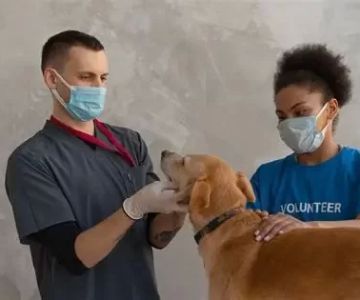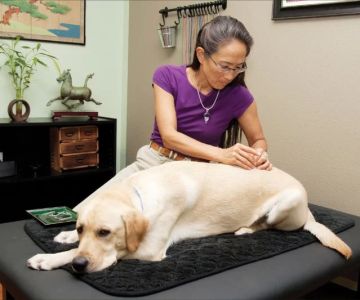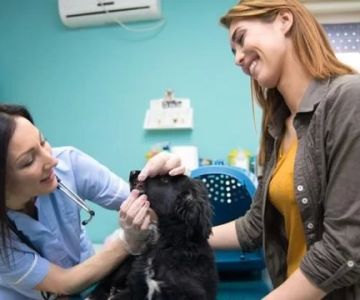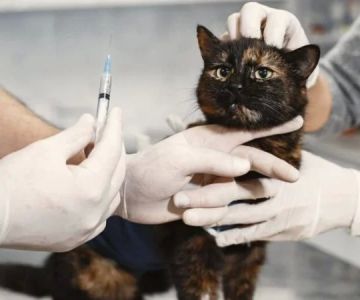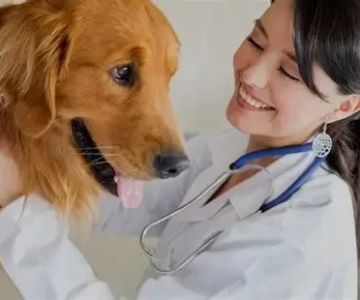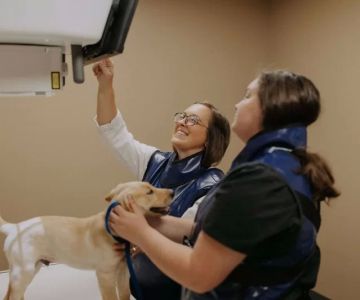Top Veterinary Schools in Texas – A Comprehensive Guide to Your Education
- 1. Overview of Veterinary Schools in Texas
- 2. Top Veterinary Schools and Programs in Texas
- 3. Admission Requirements for Veterinary Schools in Texas
- 4. Career Outlook for Veterinary Graduates in Texas
1. Overview of Veterinary Schools in Texas
Texas is home to some of the best veterinary schools in the United States. Whether you want to become a small animal practitioner, an exotic animal vet, or even focus on veterinary research, Texas offers diverse opportunities for aspiring veterinarians. With high-quality programs, these schools prepare students to handle the demands of the veterinary field while contributing significantly to the health and welfare of animals.
2. Top Veterinary Schools and Programs in Texas
When looking for the best veterinary schools in Texas, two prominent institutions often come to mind: Texas A&M University and The University of Texas at Austin. Both schools have exceptional veterinary programs, each offering unique opportunities for specialization, clinical experiences, and research.
Texas A&M University College of Veterinary Medicine & Biomedical Sciences
Ranked among the top veterinary schools in the country, Texas A&M’s College of Veterinary Medicine provides rigorous academic and clinical training. The school is known for its state-of-the-art facilities, experienced faculty, and high graduation rates. The program offers numerous specializations, including equine, food animal medicine, and small animal care.
The University of Texas at Austin – Veterinary Program
While The University of Texas does not offer a traditional veterinary program, it is a hub for animal-related research. Students at UT Austin can pursue advanced degrees in animal science, bioengineering, or veterinary research. For those interested in becoming veterinarians, the school offers joint programs and collaborations with other institutions.
3. Admission Requirements for Veterinary Schools in Texas
Admission to veterinary schools in Texas can be highly competitive, with each program having its own set of requirements. Commonly required criteria include a strong GPA, relevant undergraduate coursework (including biology, chemistry, and physics), and a demonstrated passion for animal care. Additionally, applicants must pass the GRE or the Veterinary College Admission Test (VCAT), submit letters of recommendation, and participate in hands-on veterinary experience.
Prospective students should check individual school websites for the most up-to-date requirements. For example, Texas A&M requires applicants to complete a certain number of clinical hours to be eligible for admission, which ensures that students are well-prepared for the rigors of veterinary school.
4. Career Outlook for Veterinary Graduates in Texas
The veterinary field in Texas continues to grow, with increasing demand for skilled professionals in a variety of settings, including private practices, animal shelters, research institutions, and zoos. Graduates from veterinary schools in Texas can expect a promising career, with many areas offering competitive salaries and opportunities for advancement. Texas is home to many veterinary hospitals and pet care services, making it an ideal location for veterinary professionals to practice and make a meaningful impact on animal welfare.
Furthermore, Texas has a strong agricultural sector, meaning there are ample opportunities for veterinarians to specialize in large animal care, including livestock and poultry. This diversity in the job market allows graduates to pursue different career paths based on their interests and expertise.



